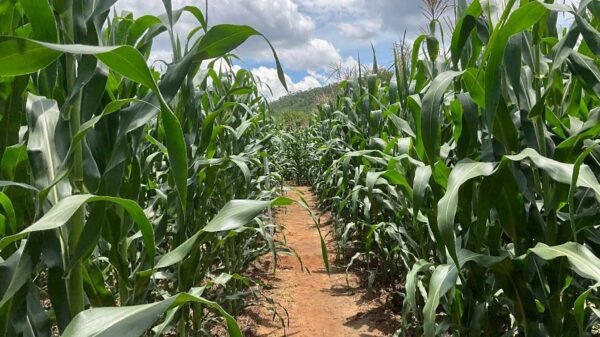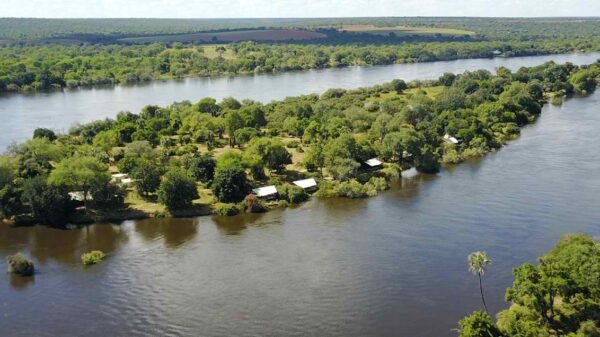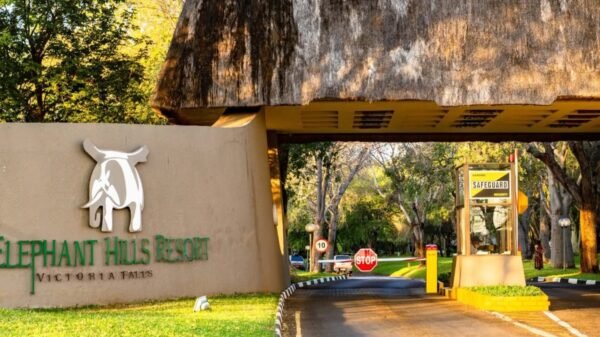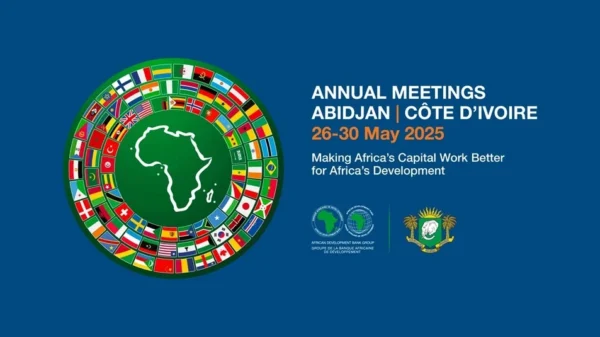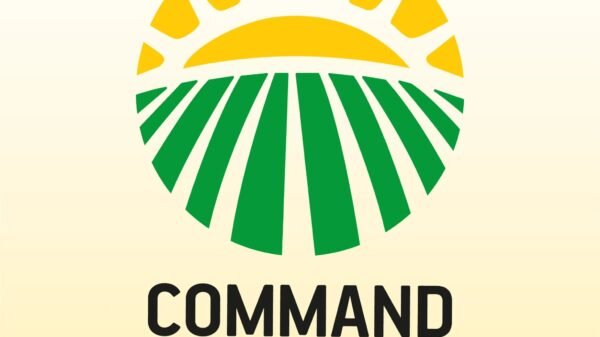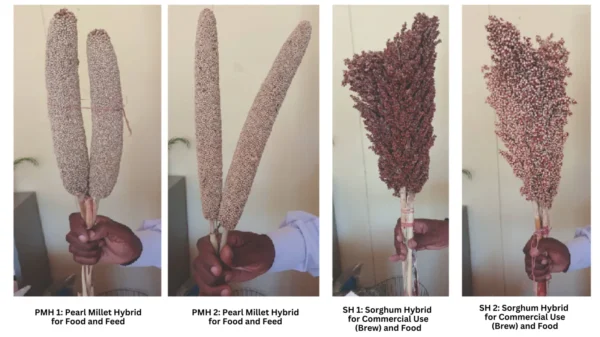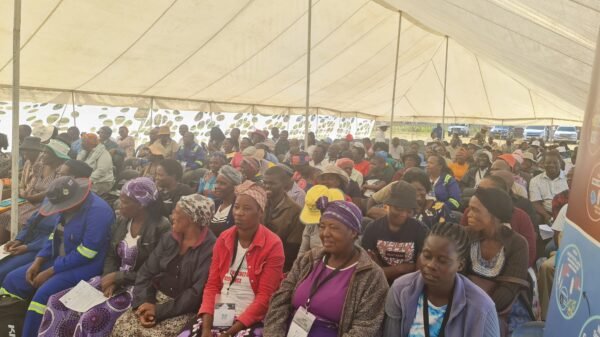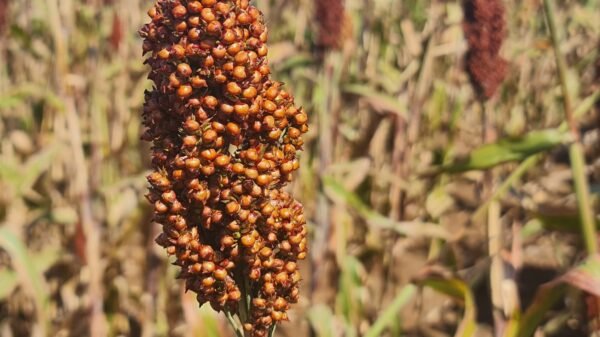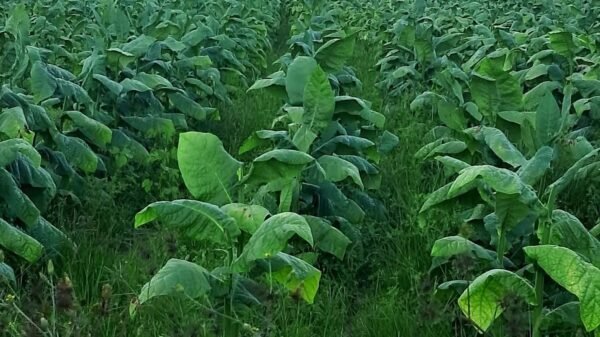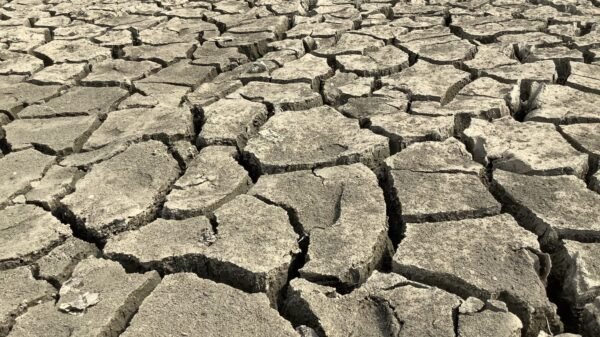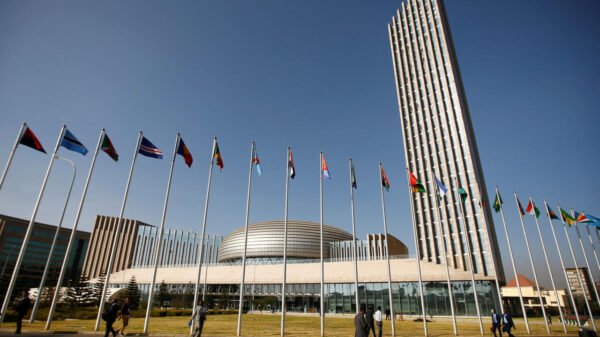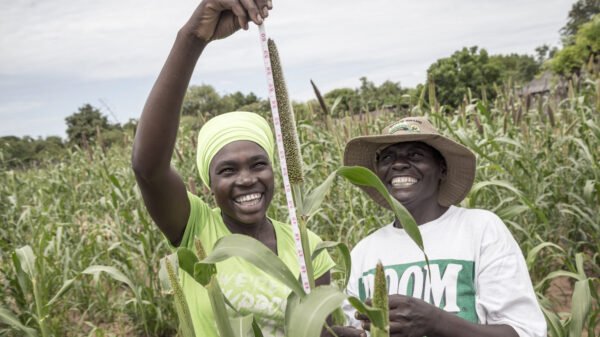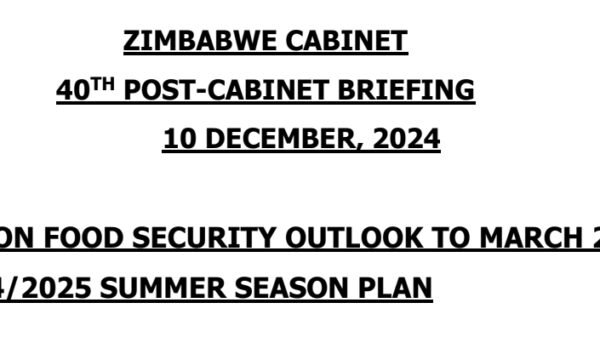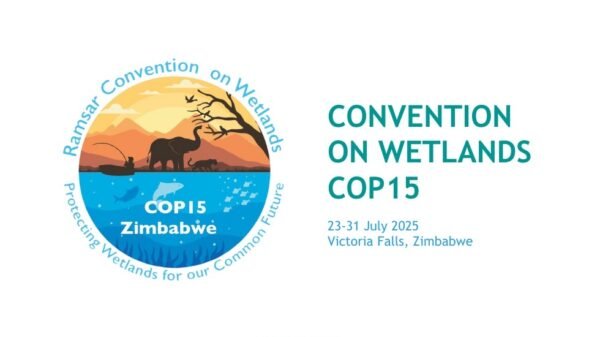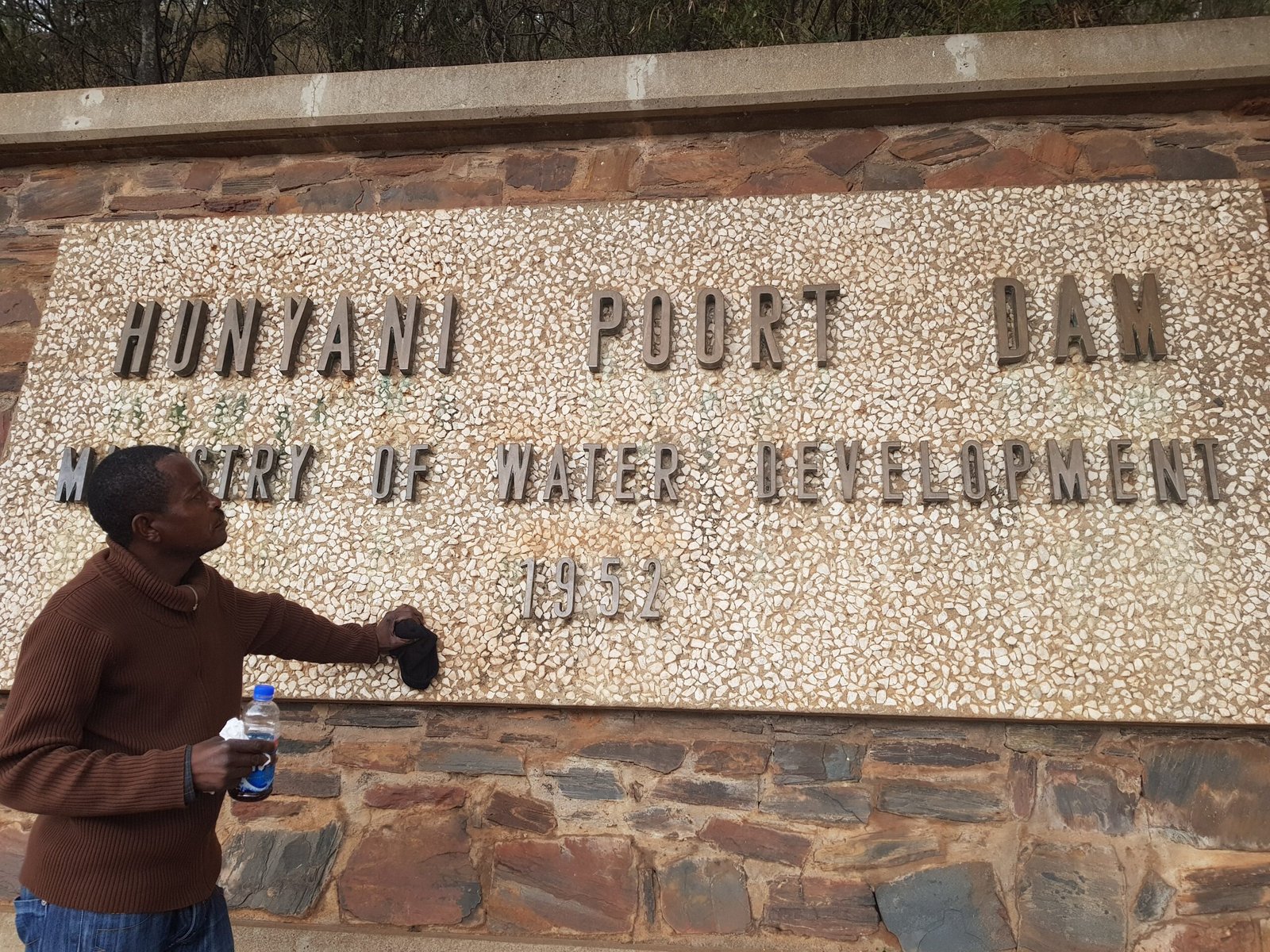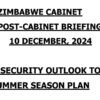AN ecological disaster has hit Zimbabwe’s capital, Harare, with four white rhinos, thousands of fish and other animals dying after drinking water contaminated with cyanobacteria (blue-green algae associated with untreated sewage and industrial effluent) at Lake Chivero, the city’s largest source of raw water. Environmentalists say pollution has reached catastrophic levels. In areas including Msasa industrial zone and Epworth, journalist Brezh Malaba witnessed severe pollution which has rendered borehole water undrinkable. Water from backyard wells has a bitter, repugnant taste and crops in local gardens are stunted. Mukuvisi River — heavily contaminated with industrial and sewage effluent — is one of Lake Chivero’s major sources of water. In this detailed interview on Harare’s pollution menace, the mayor, Jacob Mafume, admits that the city council is one of the biggest polluters. However, he points the finger at other major polluters, lamenting the meagre fines levied by the Environmental Management Agency, which he says are not deterrent. Pollution is so terrible that Harare City Council spends a staggering US$3 million on nine water-purification chemicals every month. This interview was conducted before the latest deaths of rhinos, fish and other animals at Chivero.
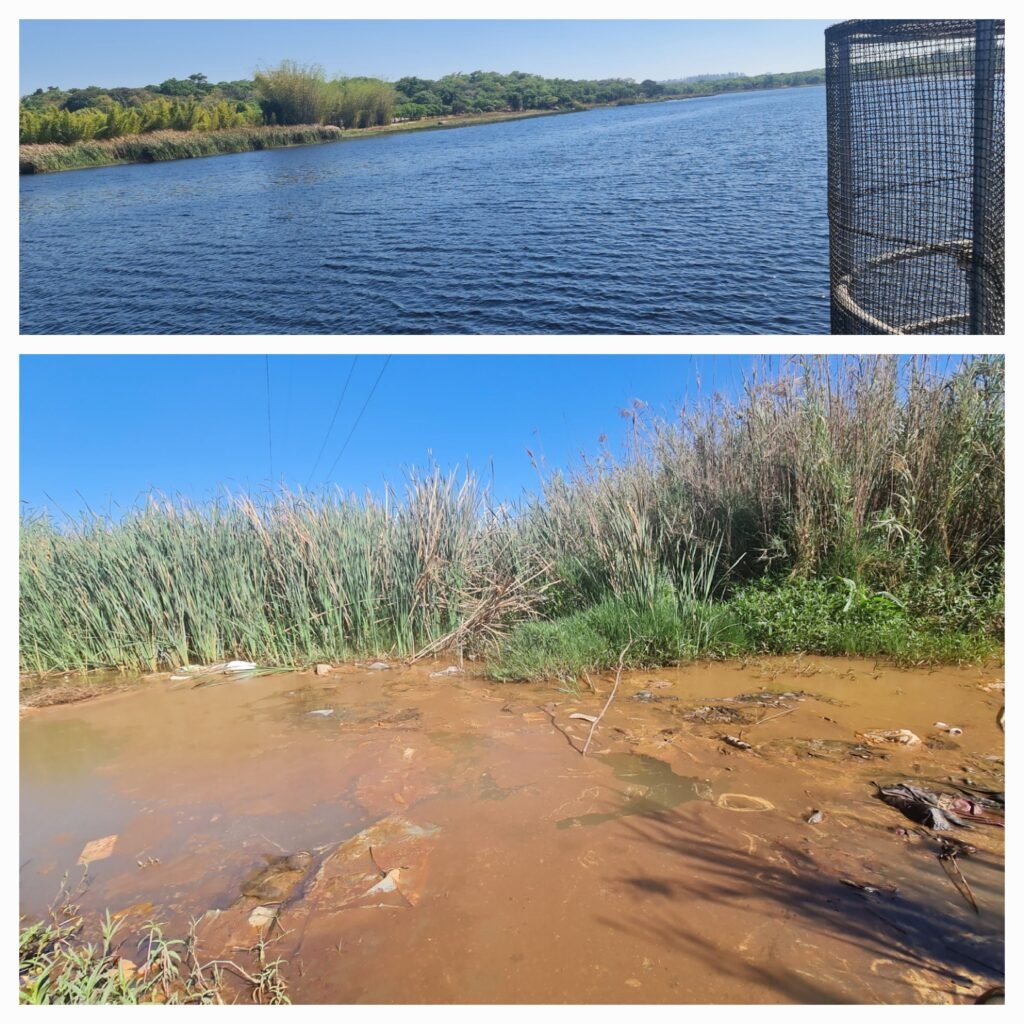
Above, the clean and pristine water of Cleveland Dam is in sharp contrast to the greyish-green pollution choking Mukuvisi River in Msasa industrial area, barely two kilometres downstream of the dam. Picture credit: Brezh Malaba.
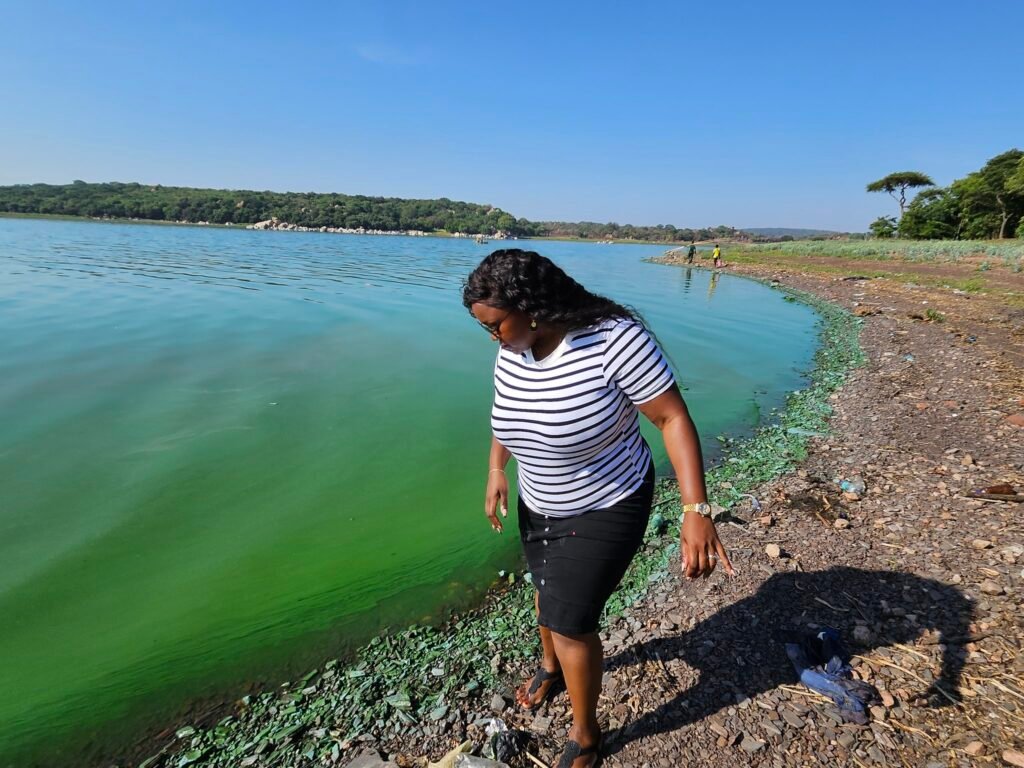
Councillor and former Harare deputy mayor Kudzai Kadzombe inspects the heavily polluted Lake Chivero, whose water has turned into a green sludge. Picture credit: Kudzai Kadzombe.
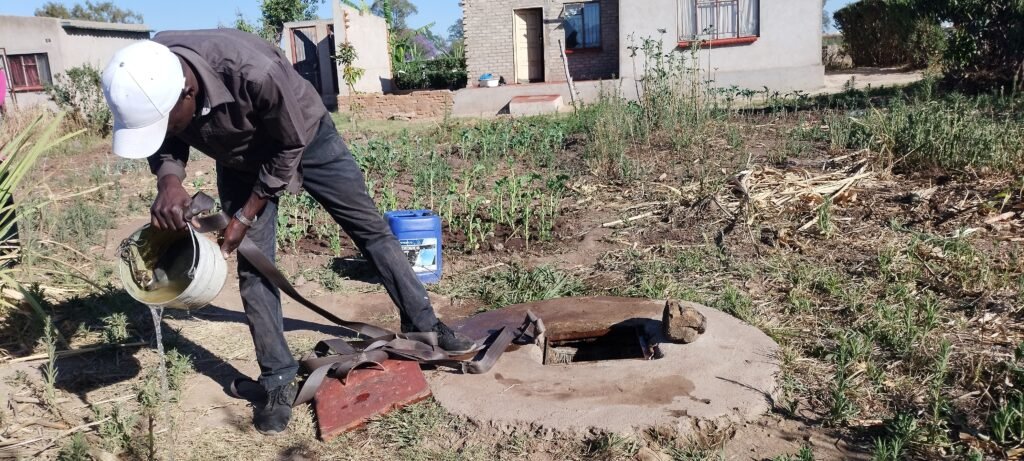
Some residents of Epworth, near Harare’s Msasa industrial area, complain that the water from their wells has a bitter, repugnant taste due to chemical pollution which has seeped through the soil. Locals are forced to buy potable water from elsewhere. Picture credit: Brezh Malaba.
Big Interview: Harare mayor Jacob Mafume
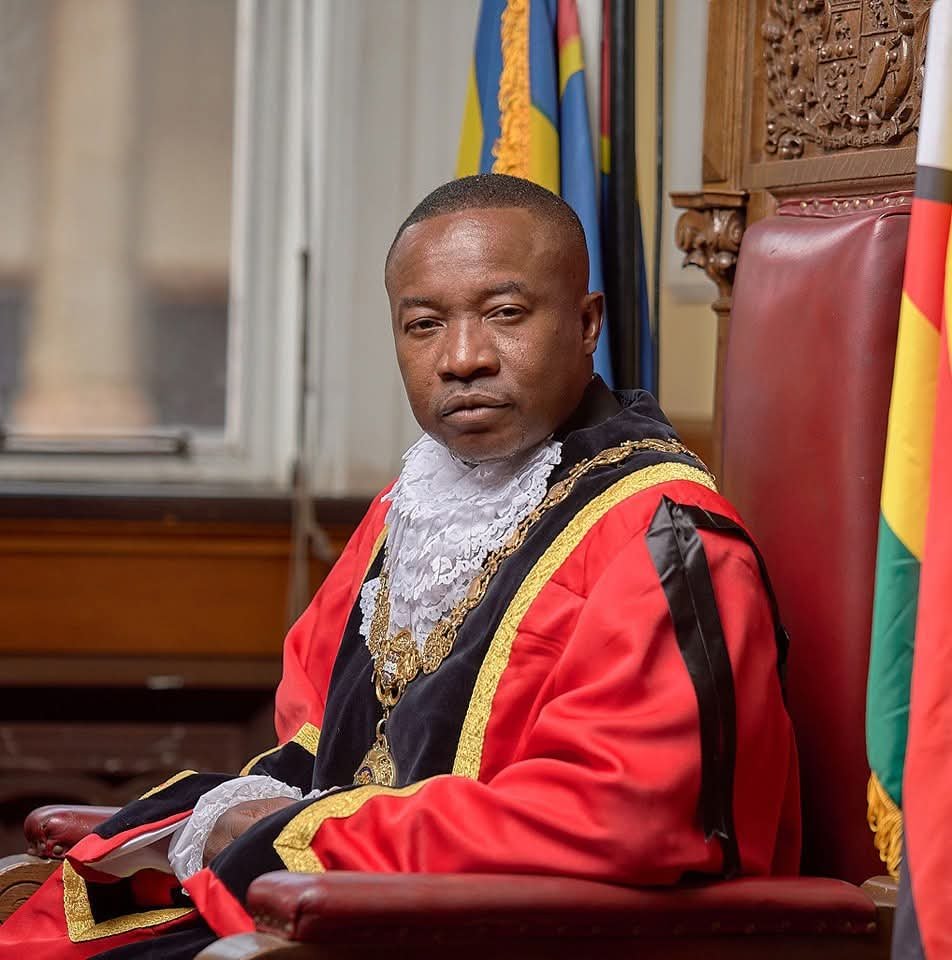
Harare mayor Jacob Mafume. Picture credit: Jacob Mafume.
Question (Q): Harare’s ecological crisis is worsening. Lake Chivero, the main source of bulk water, is heavily polluted. Is there a solution in sight?
Answer (A): Our water system is based on the concept of recycling. Lake Chivero was built downstream of Harare, so we’re sitting on our water sources, and you can also see there are many wetlands in Harare. What that has meant is that Lake Chivero then becomes heavily polluted, not only by industrial actors but also by the City of Harare. Our water reticulation system is based on cleaning the water as it goes into Lake Chivero and then re-using it as residents. And that creates a demand for more chemicals to clean the water, not only in terms of the number of chemicals but also the volume of chemicals that you need.
Q: Was it by design that the main supply dam is downstream of the catchment area?
A: Yes, it was by design because they wanted to recycle the water. You must remember that water is a scarce resource in Zimbabwe, and particularly so in Harare. You can’t allow it to flow into the rivers right into Mozambique and into the Indian Ocean. The whole concept is to try and use and re-use as much of it as possible and store it in Harare or around as much as you can. And this is not a bad concept, but what was supposed to then happen to alleviate that, we were supposed to have other water inflow streams. So we have Lake Manyame which is supposed to dilute the water that is in Lake Chivero. At Lake Manyame there’s a tunnel that was built under Lake Manyame, but the pumps have not been working efficiently for some time. There’s a piping system and a tunnel that goes into the mountains that’s supposed to draw water from the lake and then dilute it. The tunnel comes out where we draw water so that the water also dilutes the water that is coming from Lake Chivero. What has happened is that Lake Chivero was built in the 1950s and Lake Manyame was built in the 1970s. Since the 1970s, no new dam has been built for the greater Harare area. We have other small dams like Harava Dam and Cleveland Dam, but those quickly dry up. And at Cleveland Dam all the water that is there is taken by ZimPhos for the chemical and fertiliser companies because ZimPhos is a heavy user of water. The bulk of fertilisers and other chemicals is made up of water.
Q: But is ZimPhos not a major polluter as well?
A: It is also a major polluter, as it were, and is using old technology to produce the chemicals.
Q: What are the implications of this pollution, considering that the city council has to use several chemicals to purify the water?
A: We use up to nine chemicals.
Q: Is it normal to use nine chemicals when purifying water?
A: We use nine chemicals; it’s not normal, it’s very costly. It comes up to about US$3 million per month, and that is not even cleaning the water that we need. We have an installed capacity of 700 megalitres. At our maximum, we can process up to about 450 megalitres, with the supply of chemicals that we have. The demand for water in Harare is around 1 200 megalitres per day. And we’re only able to go to a maximum of 450 megalitres per day because of the shortfalls and the cost of the chemicals that we have to use and the disinfectant, which is aluminium sulphate, which we get in granular form or as liquid aluminium sulphate.
Q: Apart from aluminium sulphate, what else are you using to purify water?
A: We have to use chlorine and a variety of other chemicals.
Q: Have there been efforts by council and other stakeholders to hold the major polluters to account?
A: Yes, we have tried. There’s Ema [Environmental Management Agency], which is supposed to punish them. We also have to measure the pollutants, but there are challenges there because of the incapacities of Ema, the equipment and the policing impact, and the dual-authority jurisdiction. Part of the environmental laws are being superintended by Ema and part of the other laws are superintended by the City of Harare. But the City of Harare is another major polluter in terms of its sewer reticulation system, so sometimes it can’t police itself effectively.
Q: Is that why some residents say the people of Harare are actually drinking their own sewage in a sense?
A: Well, yes, it’s recycled water, but let’s not alarm people!
Recycled water is exactly that — recycled water. The whole ecosystem of water is based on recycling, if you understand geography and basic weather patterns. Water goes into the ground, is taken back up into the air, so the system of life is a huge recycling process. But what we do when we capture the water and process it is that we use an artificial process to recycle the water, but the water that then comes to the residents is exactly that; it is water of an acceptable quality that is measured by the UN, that is measured by the Standards Association of Zimbabwe.
Q: Can you vouch for the quality of Harare’s water for human consumption?
A: Yeah, thousands, if not millions, of people drink the water.
Q: So where is the problem, is it the piping system?
A: One, the challenge is in getting all the pollutants out. Secondly, it is the piping system. Part of the piping system is old and made of material that cracks. We’re trying to move to plastics so that at least we don’t have these concrete-based pipes or asbestos-based pipes that used to come from Zvishavane. The problem with those ones is that if it becomes too hot they crack, if it becomes too cold they crack. Due to wear and tear, we have not been able to replace them adequately.
Q: In your opinion, what can be done to address the problem of the pollutants that are going into the water system? Should we have more deterrent laws? Do we need new policies on managing this important water resource?
A: Yes, there are certain things that we have to do. I mentioned earlier that the last dam for Harare was built in 1976. It was supposed to serve a population of 500 000 people [Note by editor: According to the 2022 census, the population of Harare was 1 849 600. The metropolitan province of Harare, which also includes the municipalities of Epworth and Chitungwiza, had an estimated population of 2 487 209]. So, what we need to do is to increase the number of dams. The plan has been there for Kunzvi Dam, it needs to be concluded. And Kunzvi Dam has actually become small for the needs of Harare. We need Musami Dam, it has to be built. There’s a population of almost a million people living in Chitungwiza. Chitungwiza has no water source and no purification plant. That is a dereliction of duty; that you can put a million people at a place and they don’t have a water source! We need to build the Upper Manyame Dam and the Lower Manyame Dam. We also need to build Mubi Dam for Chitungwiza. We also need to find a way of channelling water by canal from the Osbourne Dam in Marondera, which is now called Muchekeranwa Dam. It would be cheaper to build a canal from Muchekeranwa Dam because all the water that is accumulating in Marondera and the Eastern Highlands goes to Mozambique and gets into Save River, causing floods and so forth. And Muchekeranwa Dam is only 150 kilometres away from Harare. If I can put it into perspective, sugarcane farmers use water from Lake Mutirikwi, which is 500 kilometres away from the sugarcane fields, but they get water from there. They’ll also get water from Tugwi-Mukosi Dam, which is 400 kilometres away from the sugarcane fields. Now, can’t we have the resolve as a nation to just build a canal 150 kilometres from the dams in Marondera and feed Chitungwiza and the eastern suburbs of Harare with clean water and with water that requires less purification materials? There has been a misdirection of resources away from Harare which, ironically, is the most productive area. People are building dams in game parks; they haven’t even concluded the masterplan for Tugwi-Mukosi Dam right now, yet the dam construction was completed years ago. The other day, a minister went there and said very soon we’ll be exporting water to South Africa. So, why did you build the dam in the first place, if you’re going to be exporting water to South Africa?
Q: You understand that only the state has the capacity to provide the financial outlay for large dam construction?
A: Yes, we need to amend the Water Act. In terms of the Act, all water belongs to the President and it is a scarce resource, so it has to be managed centrally from government. But, like I said, in 1950 Lake Chivero was built by the City of Harare, so the City of Harare, if managed well, is able to enter into beneficial partnerships, build the canal and build Kunzvi Dam. At the end of the day, we need purification plants, and the next stage is to have a water purification plant at Lake Manyame so that at least it can purify water at source and connect it to Morton Jaffray [Water Treatment Works] and pump the water. Then we also need to revamp the water network. Currently, the water gets lost because we have not revamped the delivery system to the suburbs. We also need to build more reservoirs in other suburbs to store water so that we can use gravity to get water into the households. We need to work on the infrastructure. Also, non-revenue water — in terms of water that doesn’t get paid for or water that we use for emergencies, water that we use for bowsers, water that gets leaked into the ground without it being paid for — we need to close that non-revenue water, water that is pirated at certain points by other people. That needs to be looked at.
Q: Surely, everyone who uses water must pay for what they use?
A: We need to get smart metering, so that the residents are able to pay. That way, we can re-invest into the purchase of [water purification] chemicals. We also need to change the technology. Our chemical technology is still based on the design that was done by the colonialists. But now we’ve got a process where we’re engaging a partner which is going to use chlorine dioxide to clean the water. Chlorine dioxide reduces the chemicals to five [from nine]. It produces better-smelling water, it deals with the algae better and produces purer water than what we’re currently having.
Q: Do you import these nine chemicals currently used by the city council to purify water?
A: Yes, unfortunately here in Zimbabwe we have lost the capacity just to make sulphuric acid, a chemical which can be made in a high school lab. We don’t produce sulphuric acid. We have also lost the capacity of making liquefied lime, despite the abundance of lime deposits all over. We have to import liquefied lime from Zambia. We
also have to get bauxite, which we used to mine here in Zimbabwe, from Mozambique. Everything that we need to produce sulphuric acid, we’re getting from South Africa.
Q: Where does council get the forex for importing these chemicals?
A: We’re involved in a cat-and-mouse affair with the Reserve Bank of Zimbabwe. We get the local currency, we take it to the Reserve Bank and our suppliers get allocated whatever forex allocation they get. That’s another bottleneck we’re suffering as a council.
Q: In terms of the ecology of Lake Chivero — which is easily the most heavily polluted source of Harare’s water — do you have scientists monitoring the level of pollution?
A: Yes, we have a state-of-the-art lab on site. We have scientists doing research from the University of Zimbabwe, we also have the Standards Association of Zimbabwe checking, we also have Ema checking. The UN and the World Bank commission a number of studies, from time to time. The water is checked, we’re very confident of the water that comes out of the taps. We know that for a fact because thousands of people in Harare — despite the myths — drink council water. Our water, we know, is being drunk by thousands and thousands of people on a daily basis.
Q: But let me go back to this issue, the major polluters must surely be held responsible?
A: Yes, the major polluters should have a responsibility. We’re going to tighten our monitoring mechanisms, we’re also going to put up heavy punishments for those that are polluting.
Q: The fines are not deterrent?
A: The fines are not deterrent simply because of the havoc that our economy has played on the value of money. It can be deterrent today, but tomorrow it is no longer deterrent. Also, our capacity to monitor is limited. We need to introduce drone technology in our monitoring and satellite-based forms of monitoring. This knock-on-gate type of monitoring is ineffective, in the main, because things can be hidden whilst you’re still knocking at the gate. So, we’re going to look at our regulations, our ability to use drone technology and other highly scientific methodologies of monitoring the pollution.

